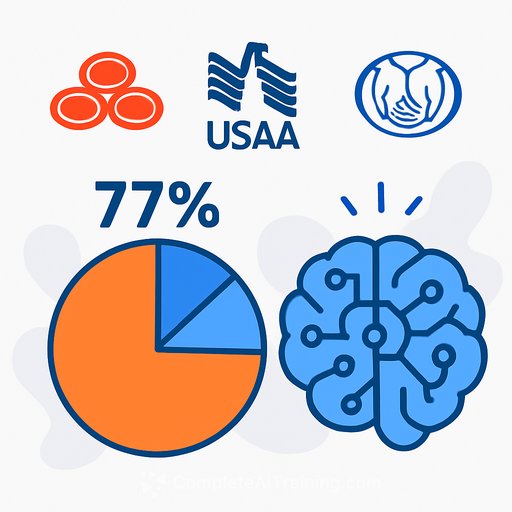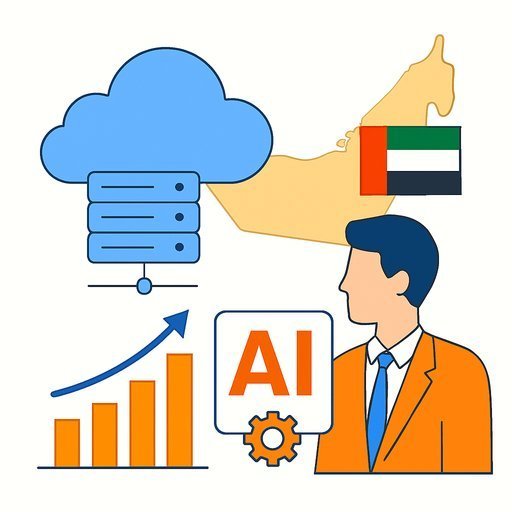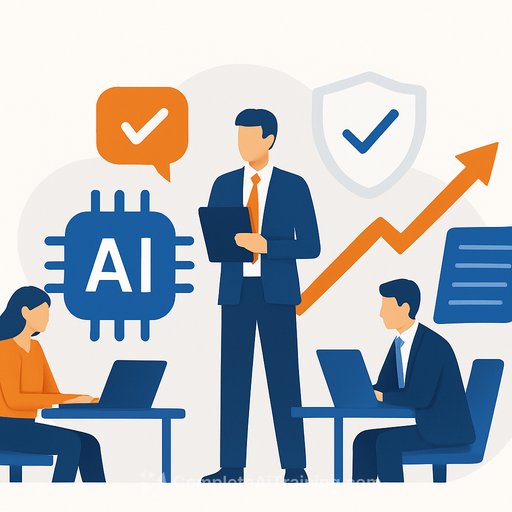AI Liability: The Age of Silent Exposures Has Begun
The global property and casualty (P&C) insurance market is facing a new wave of challenges. Emerging lawsuits and expanding loss triggers related to artificial intelligence (AI) are increasing the risk landscape across multiple business lines. This shift is creating a complex environment for insurers, brokers, and claims professionals alike.
Potential AI liability exposures are no longer confined to one sector. Instead, they are spreading across casualty, general liability, cyber, directors and officers (D&O), and professional indemnity policies. As AI technologies become more integrated into business operations, the range of possible claims broadens, often in unpredictable ways.
Silent Exposures Are Growing
Many of the AI-related risks currently remain "silent" on existing policies. This means claims could arise from incidents not initially contemplated when underwriting those policies. For example, AI-driven decision-making errors, data biases, or failures in automated systems can trigger claims that insurers did not foresee.
These silent exposures make it critical for insurers to reassess coverage language and loss triggers. They must prepare for scenarios where AI's role in a loss event is indirect or unclear but still significant enough to cause liability.
Emerging Lawsuits Highlight New Risk Areas
Legal actions involving AI are increasing. These lawsuits often focus on issues such as:
- Negligence in AI system design or deployment
- Data privacy breaches linked to AI processing
- Discrimination claims due to biased AI algorithms
- Failure of AI to meet contractual obligations or industry standards
Such cases put pressure on insurers to clarify policy wordings related to AI and to consider exclusions or endorsements that address AI-specific risks.
Impact on Underwriting and Claims Management
Underwriters need to develop sharper criteria for evaluating AI-related exposures. This includes understanding the nature of AI applications within insured organizations and recognizing emerging risk patterns.
Claims teams must also adapt by gaining expertise in AI technologies and their failure modes. This knowledge is essential to properly investigate claims and assess coverage applicability in complex AI-related losses.
Preparing for the Future
Insurance professionals should proactively review their AI knowledge and risk frameworks. Training and continuous education on AI liability can help teams stay ahead of evolving loss triggers.
For those interested in expanding their AI expertise within the insurance sector, consider exploring targeted courses available at Complete AI Training. These resources offer practical insights into AI risks and mitigation strategies relevant to insurance professionals.
As AI technologies continue to integrate deeper into business processes, the insurance industry must evolve its approach to liability. Recognizing and addressing these silent exposures early will be key to managing potential claims and protecting portfolios.
Your membership also unlocks:






